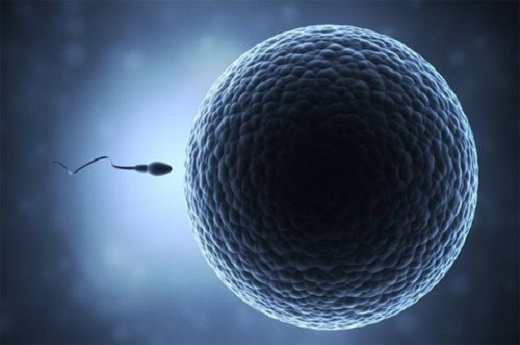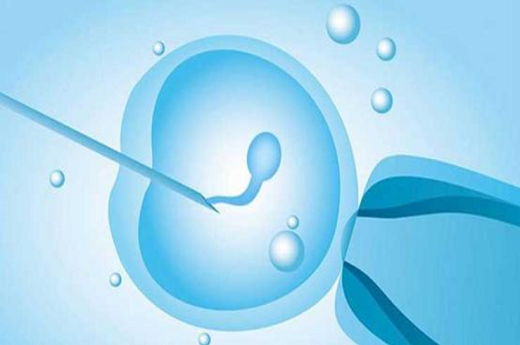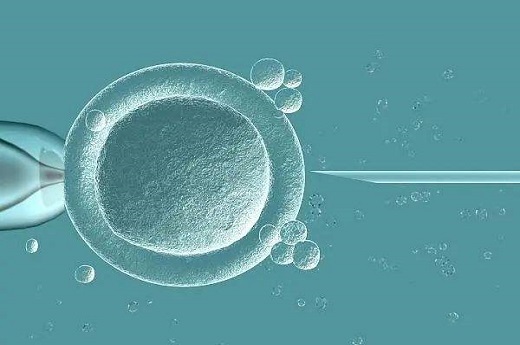试管婴儿是指通过体外受精技术,在试管中培育胚胎,然后将其植入母体子宫,实现妊娠和分娩的过程。试管婴儿技术的发展可以追溯到上世纪70年代,当时英国的一位医生首次成功地将体外受精技术应用到临床实践中。此后,试管婴儿技术逐渐发展,并在全球范围内得到了广泛的应用。
The definition and history of test-tube babies

Test-tube baby refers to the process of cultivating embryos in a test tube through in vitro fertilization, and then implanting them into the mother's uterus to achieve pregnancy and childbirth. The development of test-tube baby technology can be traced back to the 1970s, when a doctor in the UK successfully applied in vitro fertilization technology to clinical practice for the first time. Since then, the test-tube baby technology has gradually developed and has been widely used worldwide.
试管婴儿技术通常用于治疗因不孕不育引起的生育问题,包括女性输卵管堵塞、多囊卵巢综合征、子宫内膜异位症等问题,以及男性数量、质量不佳等问题。对于一些因遗传疾病或其他原因无法通过自然方式生育健康婴儿的夫妇来说,试管婴儿技术也可以提供帮助。
Indications for test-tube babies
Test-tube baby technology is usually used to treat reproductive problems caused by infertility, including female fallopian tube blockage, polycystic ovary syndrome, endometriosis, and male sperm quantity and quality issues. In addition, for couples who cannot conceive a healthy baby naturally due to genetic diseases or other reasons, test-tube baby technology can also provide assistance.

试管婴儿的医疗流程通常包括以下几个步骤:首先是女性接受促排卵治疗,以促进卵子的发育和成熟;然后,医生会收集女性的成熟卵子,并在实验室中与男性的结合,进行体外受精;接着,医生会培育受精卵成为胚胎;医生将胚胎植入女性的子宫,帮助实现妊娠和分娩。
Medical process of test-tube babies
The medical process of test-tube babies usually includes several steps: first, the female undergoes ovulation induction therapy to promote the development and maturation of eggs; then, the doctor collects the mature eggs of the female and combines them with the male sperm in the laboratory for in vitro fertilization; next, the doctor cultivates the fertilized eggs into embryos; finally, the doctor implants the embryos into the female's uterus to help achieve pregnancy and childbirth.
试管婴儿技术的成功率受多种因素影响,包括女性年龄、生育史、卵子和质量等。年轻、健康的夫妇进行试管婴儿的成功率较高,而年龄较大、生育史复杂的夫妇成功率则较低。试管婴儿过程中也存在一定的风险,包括多胎妊娠、流产、新生儿疾病等。

Success rate and risks of test-tube babies
The success rate of test-tube baby technology is influenced by various factors, including the age of the female, reproductive history, and the quality of eggs and sperm. Generally, young and healthy couples have a higher success rate of test-tube babies, while older couples with complex reproductive history have a lower success rate. In addition, there are also certain risks in the process of test-tube babies, including multiple pregnancies, miscarriages, and newborn diseases.
作为中国的一线城市,杭州拥有多家专业的生殖医学中心和试管婴儿医疗机构,提供试管婴儿技术服务。这些医疗机构配备了先进的设备和技术,拥有经验丰富的医生团队,为需要进行试管婴儿的夫妇提供全方位的医疗服务和支持。
Test-tube baby medical institutions in Hangzhou
As a first-tier city in China, Hangzhou has multiple professional reproductive medical centers and test-tube baby medical institutions that provide test-tube baby technology services. These medical institutions are equipped with advanced equipment and technology, and have experienced medical teams to provide comprehensive medical services and support for couples in need of test-tube babies.
随着医学技术的不断进步和生殖医学领域的发展,试管婴儿技术也在不断改进和完善。未来,随着基因编辑技术、胚胎筛查技术等的应用,试管婴儿技术有望实现更高的成功率和更低的风险,为更多不孕不育夫妇带来希望和福音。
Development trend of test-tube baby technology
With the continuous advancement of medical technology and the development of reproductive medicine, test-tube baby technology is also constantly improving. In the future, with the application of gene editing technology, embryo screening technology, and other technologies, test-tube baby technology is expected to achieve higher success rates and lower risks, bringing hope and good news to more infertile couples.